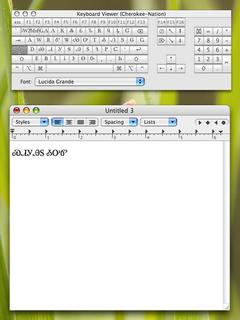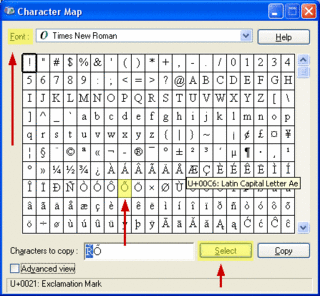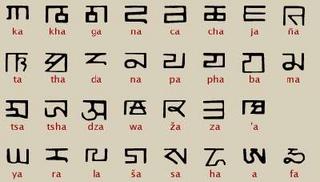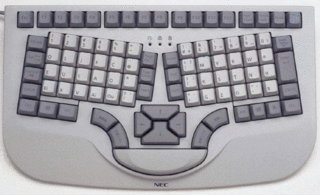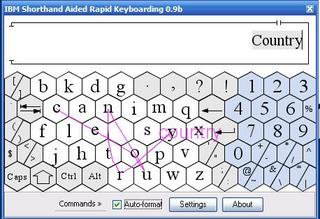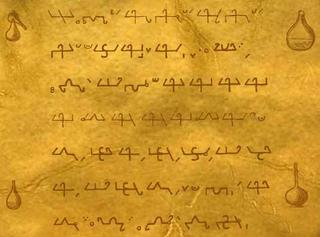Square Scripts
Several Eastern scripts are called square scripts: Hanzi, Hangul, Phags-pa and Hebrew. It is clear that Hangul and Japanese were made to match Chinese Han characters. Phags-pa also developed in the context of the Han characters. However, the Hebrew script is also called square script.
Monotype Imagining gives these descriptions of Hanzi and Hangul.
"Regardless of the number of constituent strokes, each character is drawn within the confines of an invisible square frame. "
"Graphically, the syllables all fit within the invisible square frame used by Chinese characters. Each syllable is made by stacking all of its component parts, in a predictable sequence, into a square configuration. This characteristic has made it quite simple to visually mix Hangul and Hanja into the same text."
This reference from BabelStone indicates that Phags-pa was called "dörbelǰin üsüg" square script in Mongolian and sometimes 'quadratic script' in English.
Hebrew square script, ketab merubba`, can be seen here.
I noticed in passing that Phags-pa letters are called bāsībā zì 八思巴字 "'Phags-pa letters" in modern Chinese. First, the Chinese characters are used phonetically here to write Phags-pa, and second the word zi 字 is used to refer to alphabet letters, much as we would use alphabet to talk about any writing system. BabelStone.
Addendum:
This post has been modified to add "dörbelǰin üsüg", Mongolian for 'square script'. On BabelStone's page the j with caron did not display correctly for me and I saw an empty box. However, I have defined my font as Lucida Sans Unicode and the j with caron displays correctly in my preview window.
The next lesson I need to learn is how to close the font designation as it is skewing other font display throughout my blog. Quite the challenge. I am working on it.If you ever see empty boxes in my blog, other than those I acknowledge, please let me know and tell me what OS and browser you are using.
Addendum 2:
I have continued playing with the font on this page so that I can display the Mongolian term for square script properly without changing the font for the whole page.





